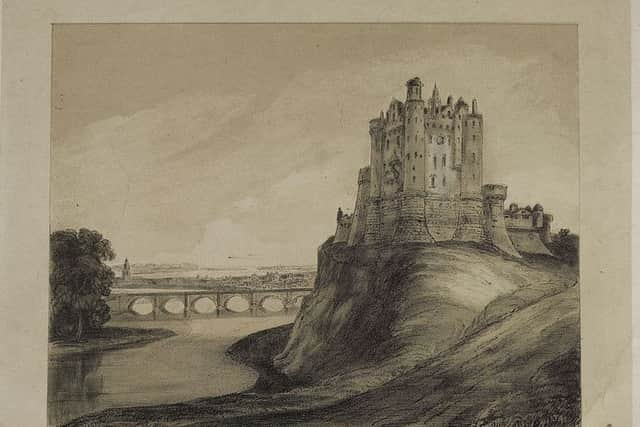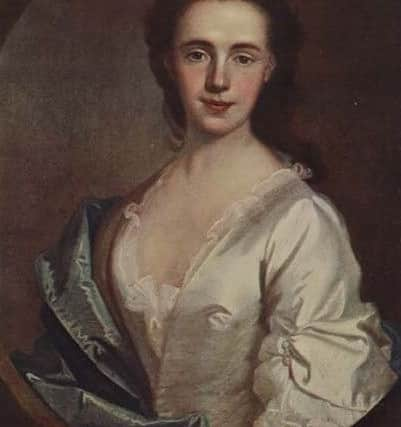The silent Jacobite wife sentenced to 800 lashes


But Anne McKay, born a MacLeod on Skye, refused to give up the names of her collaborators during her interrogation at the hands of Colonel Leighton of Blakeney’s Regiment after the disappearance of the solider came to light.
Her silence was to cost her dearly.
McKay was ultimately spared the lashings following intervention by Lady Anne Mackintosh, a high-standing and influential Jacobite whose class and good looks were enough to catch the attention of the top Hanoverian operators.
Advertisement
Hide AdAdvertisement
Hide Ad

Instead, she was forced to stand for three days and three nights and subjected to considerable verbal abuse. Anne McKay still refused to spill the names of her associates, long thought to include Lady Anne.
Even a 10 guinea sum was not enough to sway her and efforts to get her drunk on strong liquor to make a confession more likely also failed.
McKay was released from prison after seven weeks, according to accounts.
But as a further, devastating punishment, government forces were to track down McKay’s 17-year-old son and beat him so fiercely that he died from his injuries three days later.
Advertisement
Hide AdAdvertisement
Hide Ad

McKay’s account of her imprisonment appears in the Lyon in Mourning, a collection of speeches, letters and journals linked to the affairs of Prince Charles Edward Stuart.
The testimony was received by Bishop Robert Forbes, of Ross and Caithness, on October 31 1748.
McKay had moved to Inverness from Skye with her children, one just a baby, to await news of her husband, who she later learned had died at the siege of Carlisle in November 1745.
She was described as a “wise, sagacious creature” who was thought fit to look after “distressed gentlemen” following Culloden, which she did until March 1747.
Advertisement
Hide AdAdvertisement
Hide Ad

In her care was Robert Nairn and Ranald MacDonald of Belfinlay, both injured at Culloden and thrown out of a field hospital designated for government led forces. Both were moved to Anne McKay’s cellar, with a guard placed on duty.
A plot was laid by some “charitable ladies” to help Nairn to make his escape, with MacDonald too injured to move.